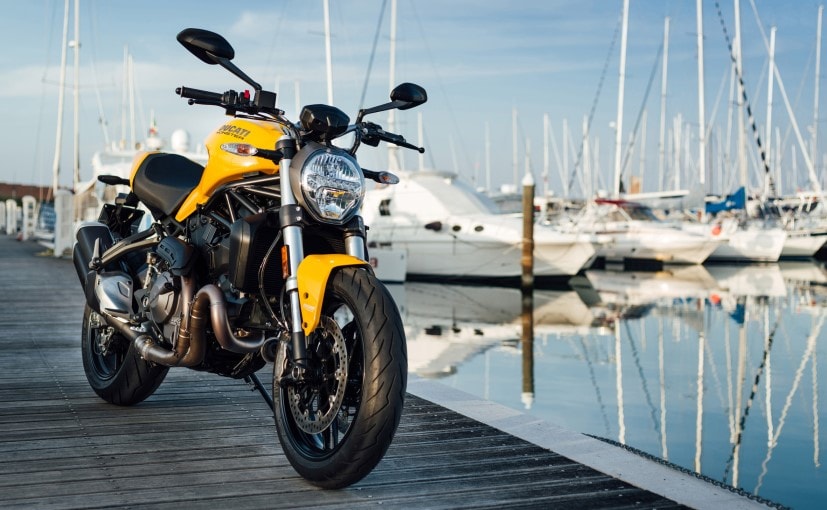If you are an avid rider, you know that maintaining your motorcycle is essential to ensure its peak performance and longevity. One of the most critical components of your motorcycle is the brake system. The brake hoses play a vital role in the functioning of your bike's brakes. Generally, original equipment manufacturer (OEM) rubber brake hoses need to be replaced every four years. However, many riders are turning to braided steel lines as a more durable alternative. But is it necessary to replace your rubber brake hoses with braided steel lines? Let's explore this in more detail.

Understanding the differences between rubber and braided steel brake hoses
Rubber brake hoses are the default option for most motorcycles and are made from a reinforced rubber compound. Although this material is durable, it is not as resilient as braided steel. Rubber hoses are also vulnerable to degradation over time, especially when exposed to high temperatures, chemicals, and other environmental conditions. This may lead to leaks, cracks, and a subsequent decrease in the effectiveness of the brakes.
Braided steel brake hoses, on the other hand, are made of a combination of Teflon and Kevlar, which are then wrapped in an exterior layer of stainless steel braid. This design provides superior durability, strength, and corrosion resistance, making them ideal for riders who expose their bikes to harsher environments or often ride in extreme conditions. They are also more resistant to high temperatures, which can prevent the hoses from expanding and thus preserve the brake system's performance.
Advantages of using braided steel brake lines
Apart from their durability and resilience, braided steel brake lines also offer other advantages over rubber hoses. Firstly, they provide a more responsive braking system by reducing the distance the brake lever travels before the brakes respond. This means that you can apply less force to achieve the same braking power, which is especially important for emergency braking situations. Secondly, braided steel brake hoses offer better feel and feedback, allowing you to have better control over your bike during braking. Finally, braided steel brake hoses have a much longer lifespan than their rubber counterparts, meaning you will likely need to replace them far less often.
Are there any disadvantages to using braided steel brake lines?
While braided steel brake lines offer numerous advantages over rubber hoses, there are some drawbacks that you should be aware of. Firstly, they are more expensive than rubber hoses. Depending on the manufacturer and brand, a set of braided steel brake hoses can cost anywhere from 50% to 200% more than rubber hoses. Secondly, installing braided steel brake lines requires more technical know-how than simply replacing rubber hoses. If you are not familiar with motorcycle maintenance and repair, you may need to have them installed by a professional mechanic. Finally, while braided steel brake hoses have a longer lifespan, they still require regular maintenance and inspection to ensure they are still functioning correctly.
Conclusion
So, should you replace your rubber brake hoses with braided steel lines? It ultimately depends on your riding style, the environment you ride in, and your budget. If you ride aggressively or often ride in harsh conditions, investing in braided steel brake hoses can provide significant benefits to your bike's performance and safety. The more excellent durability and responsiveness also make them an excellent choice for riders who use their bike for track days. However, if you primarily use your bike for commuting or leisure riding and do not subject it to harsh environments, rubber hoses may be a more practical option. Whatever you choose, remember to regularly inspect and maintain your brake system to ensure your safety while out riding.